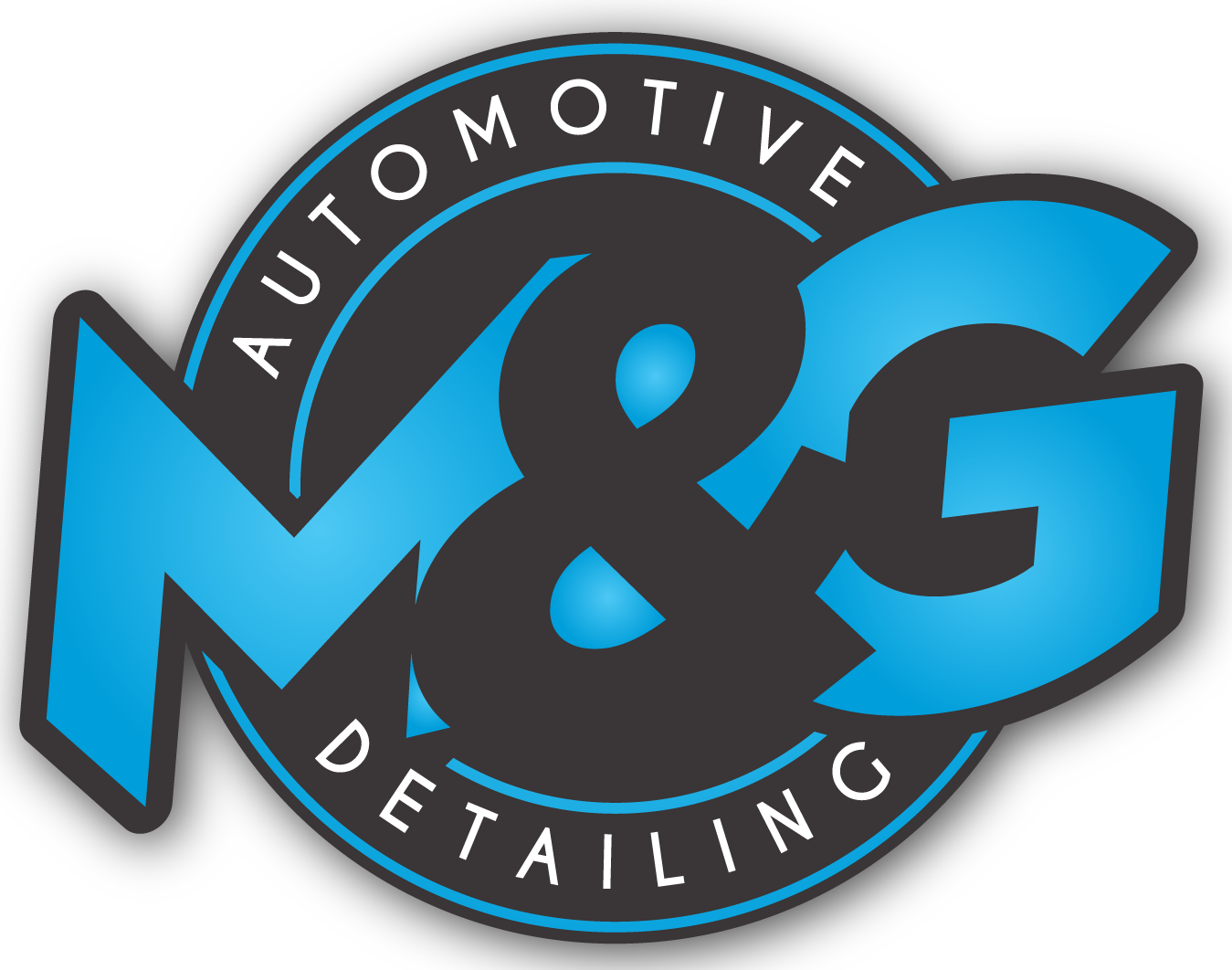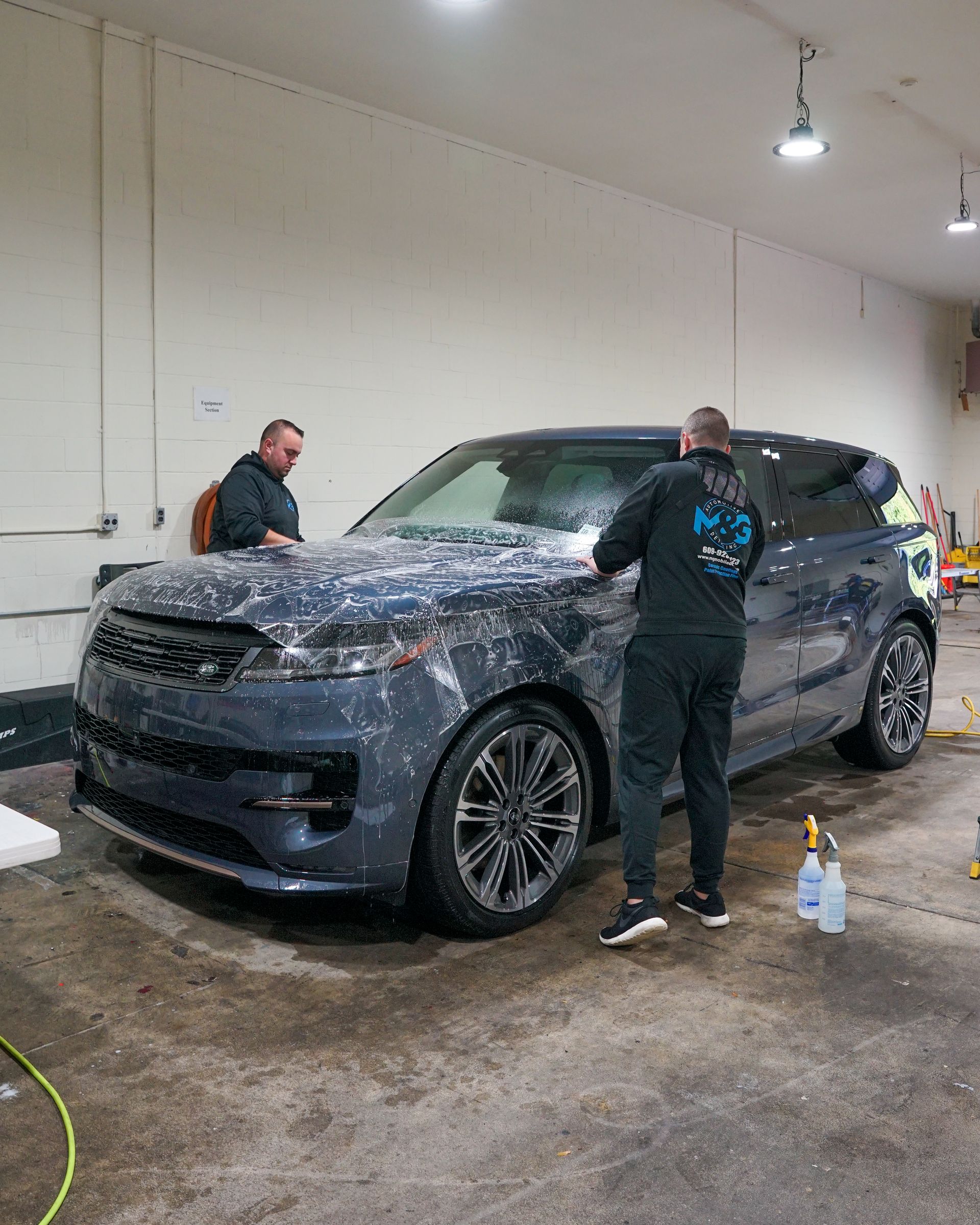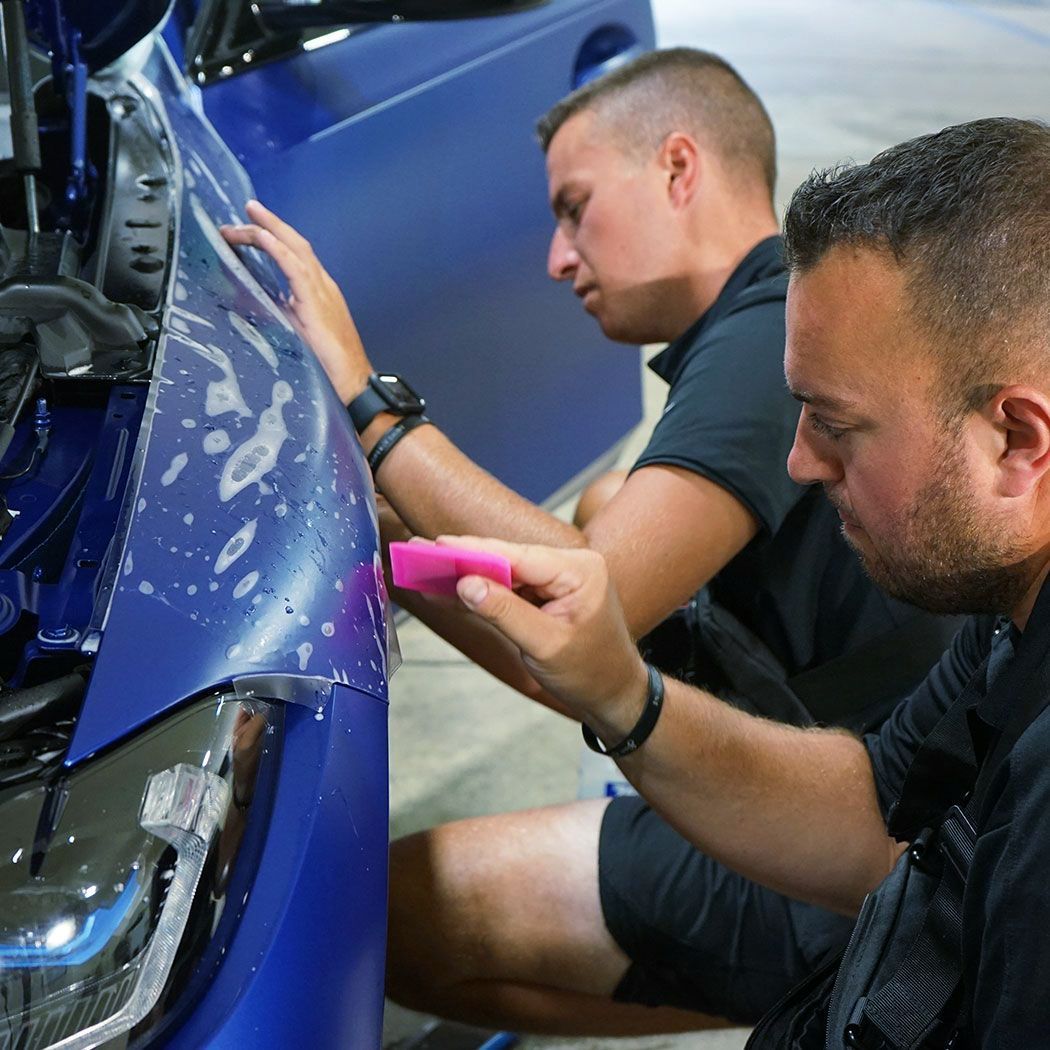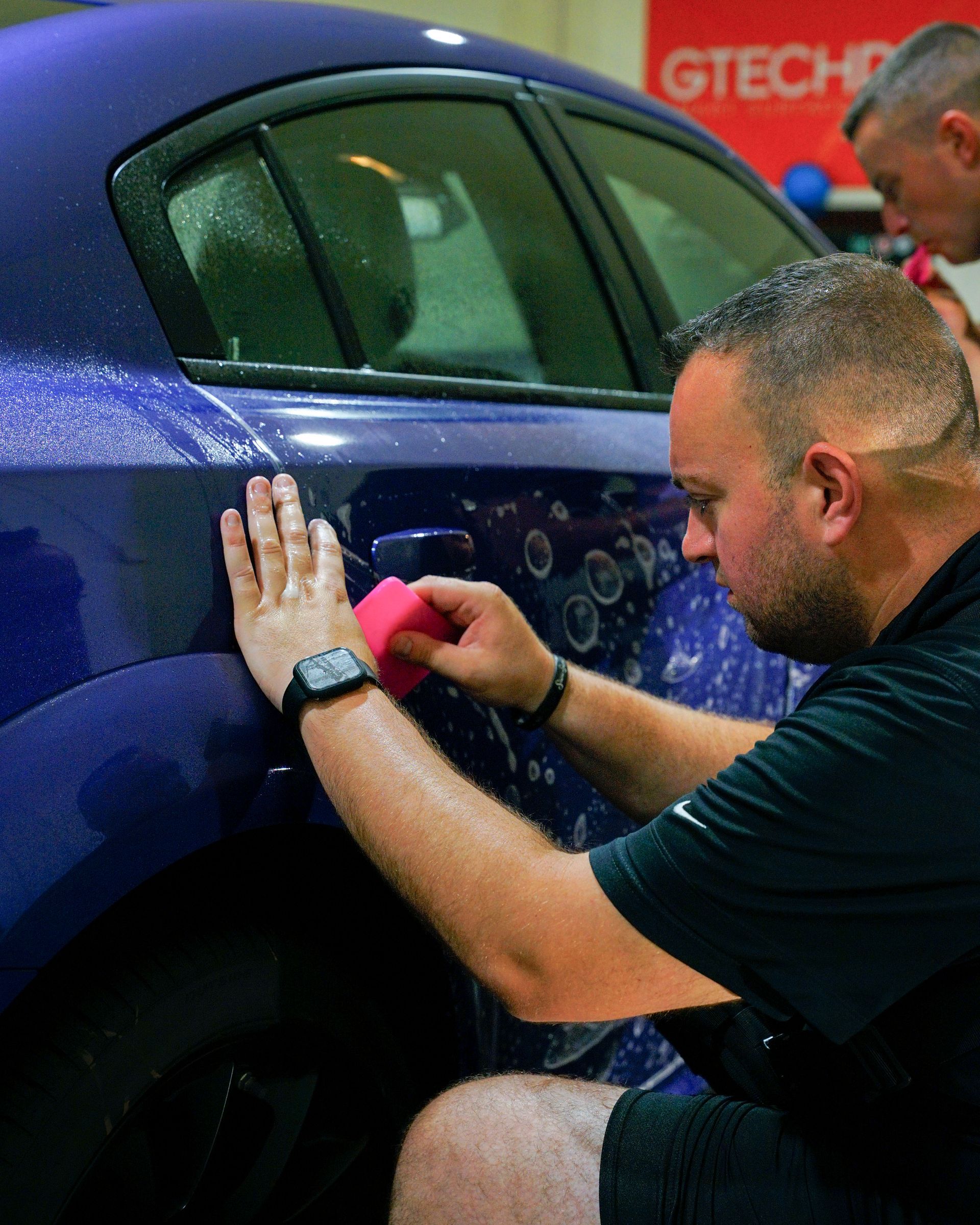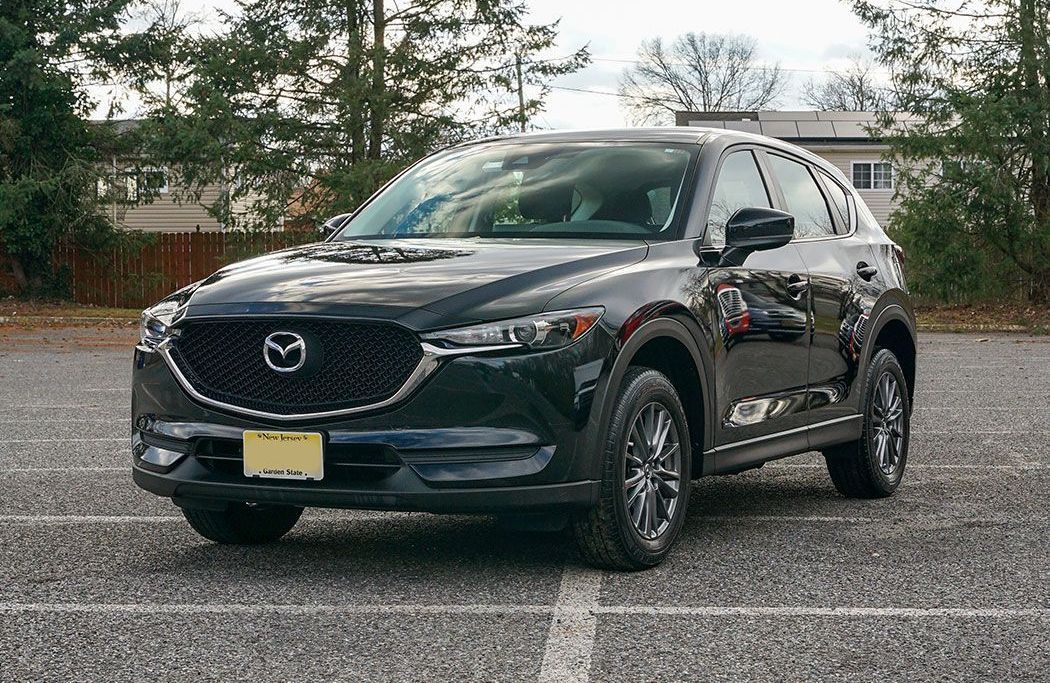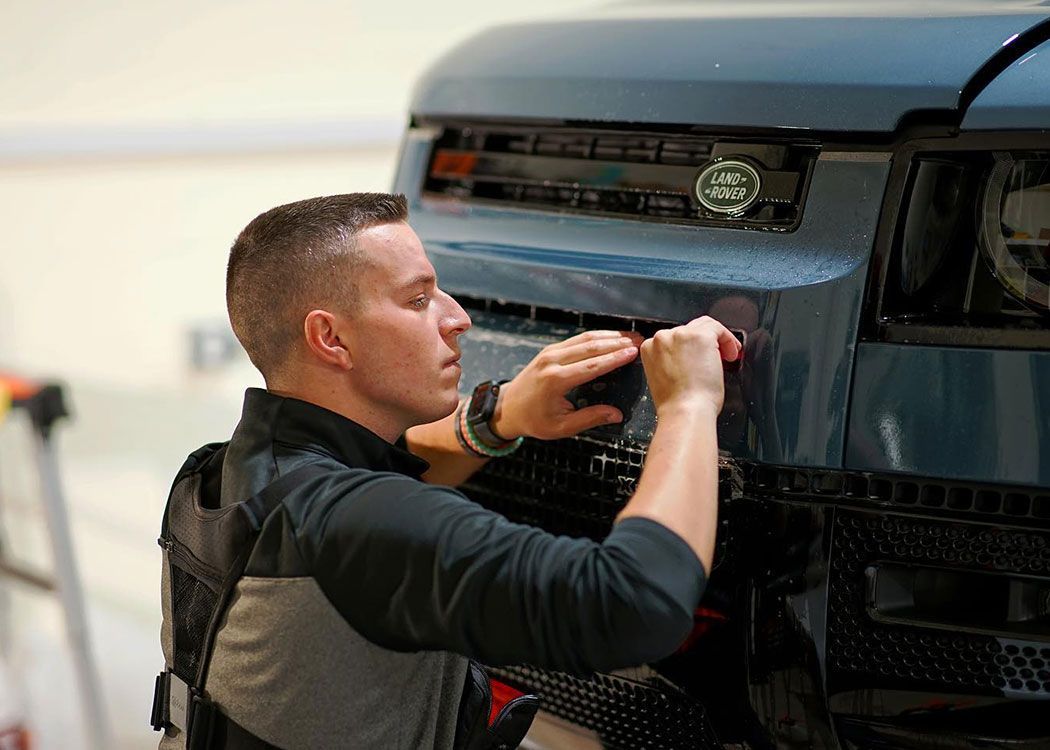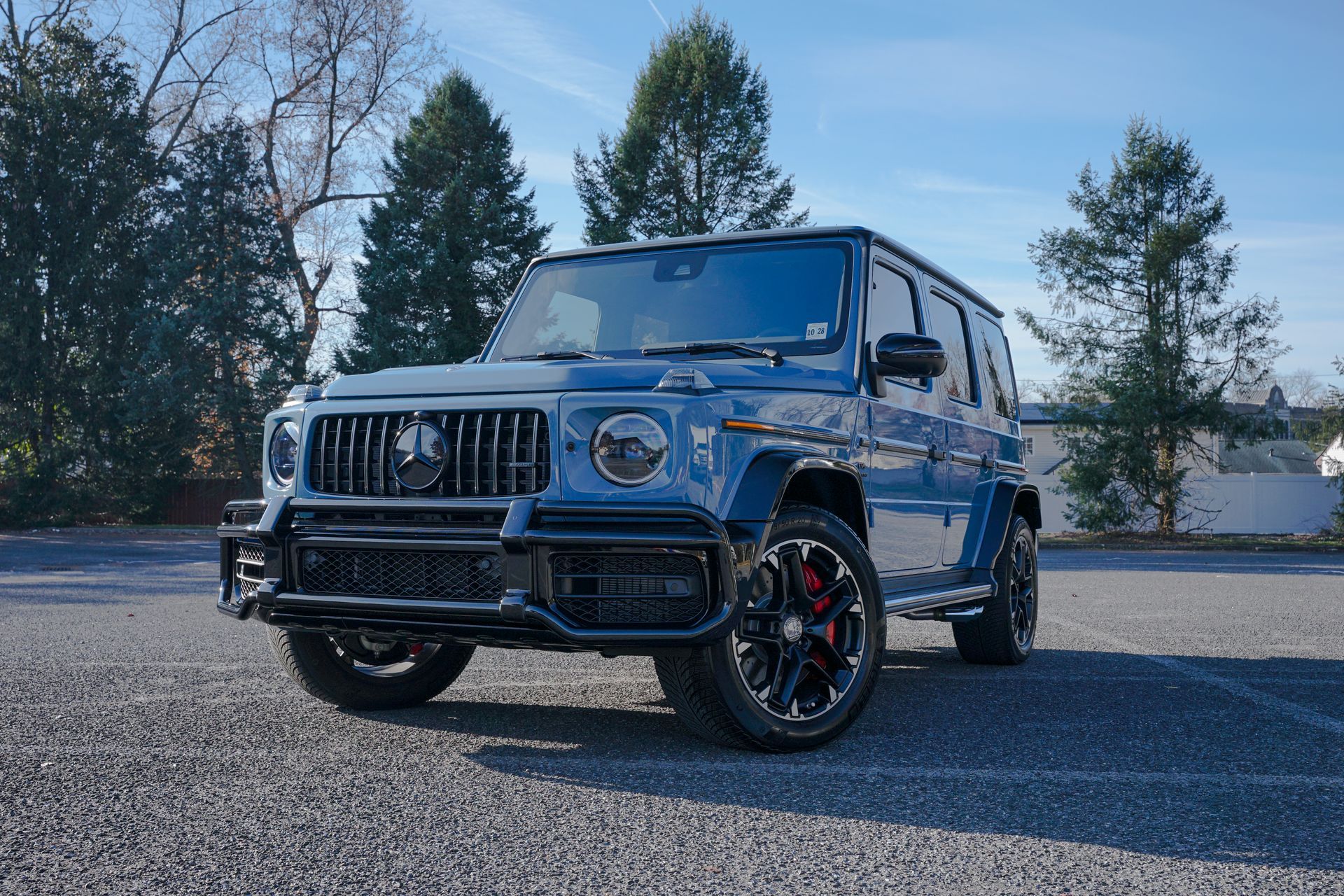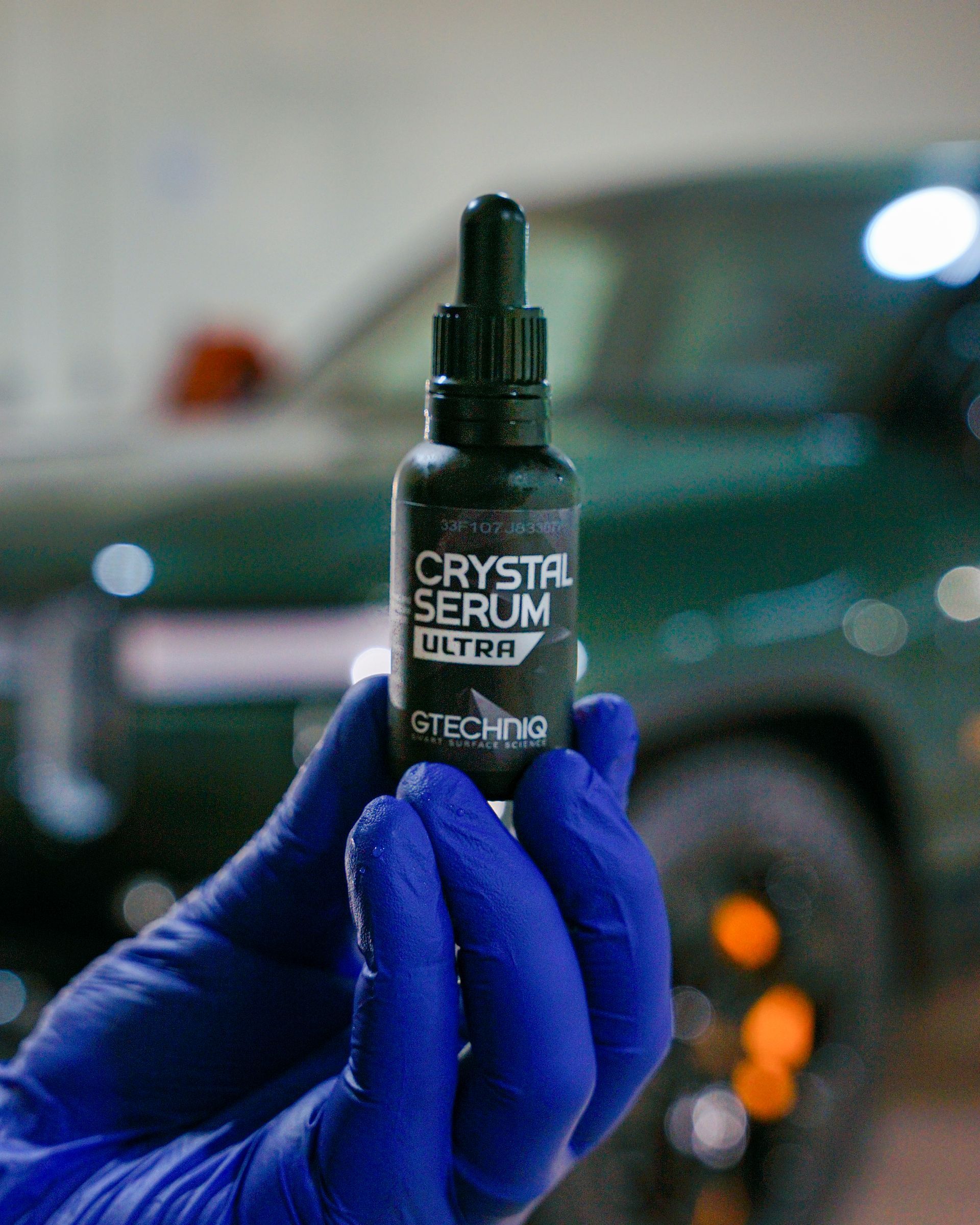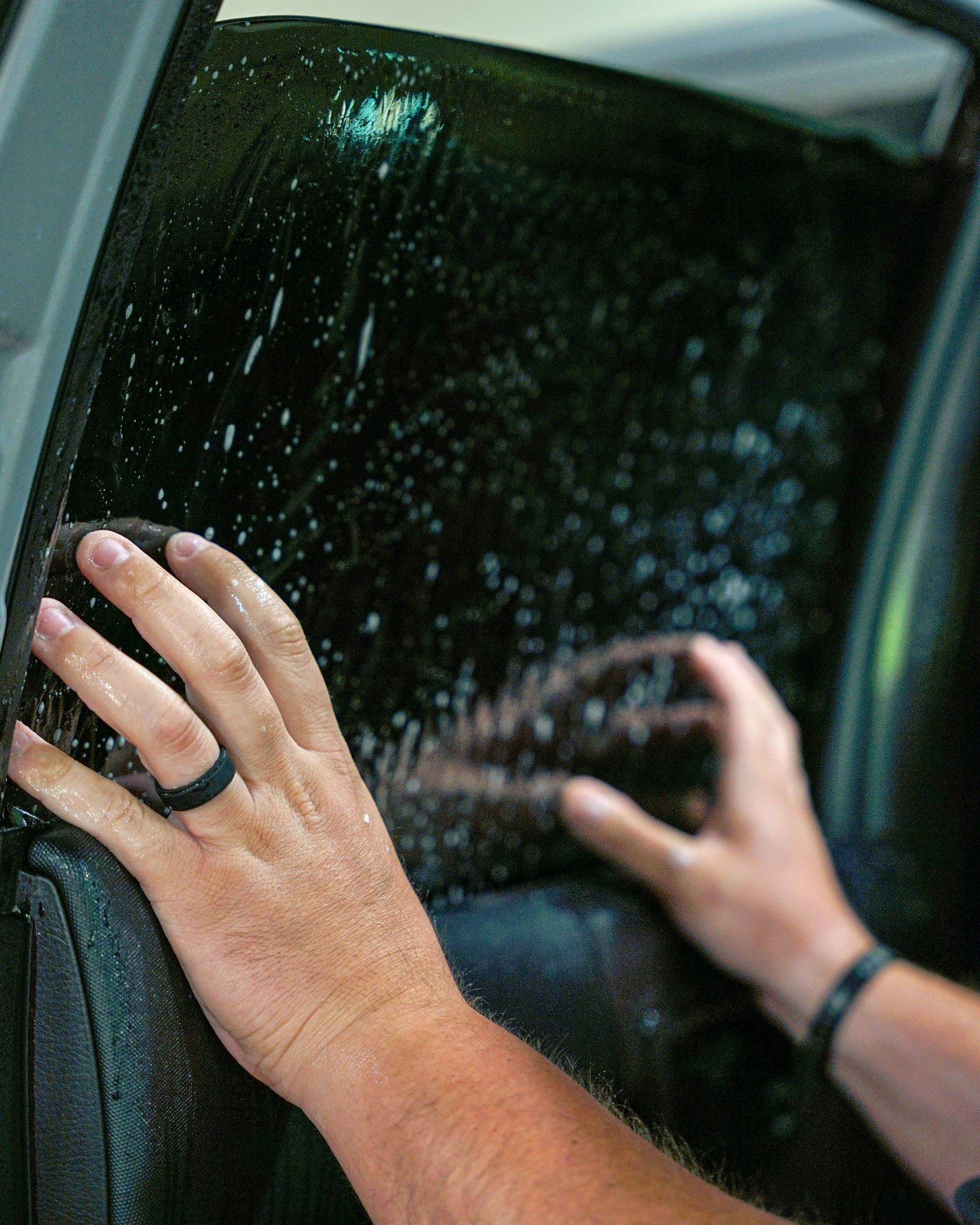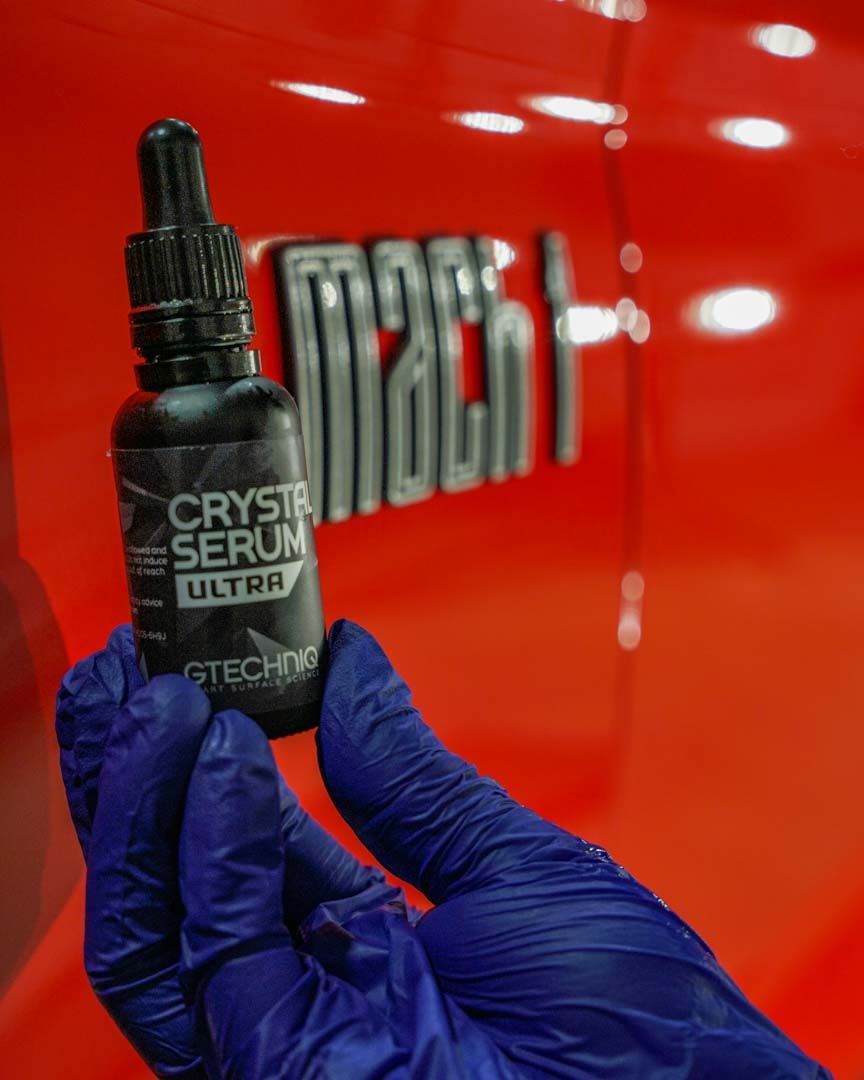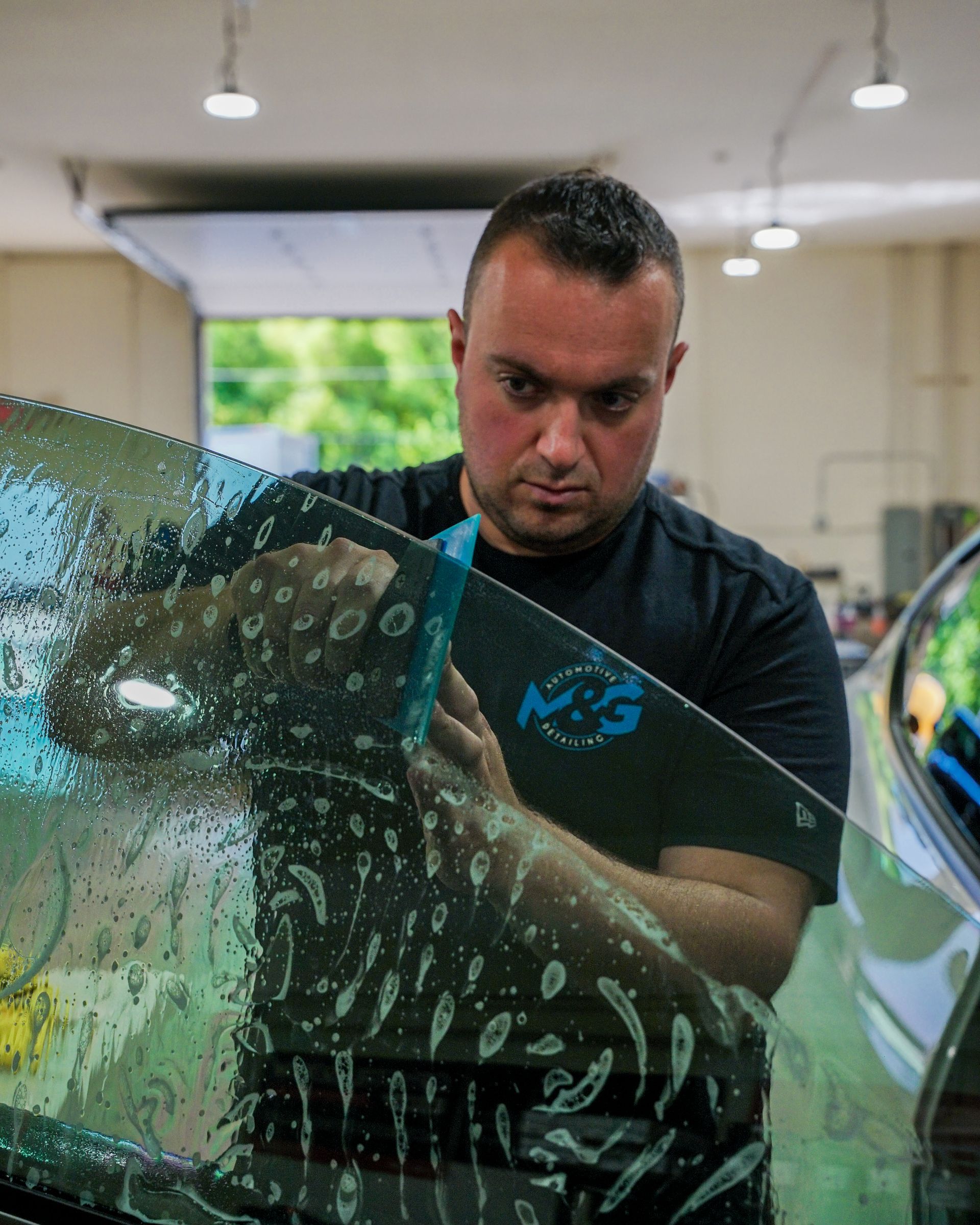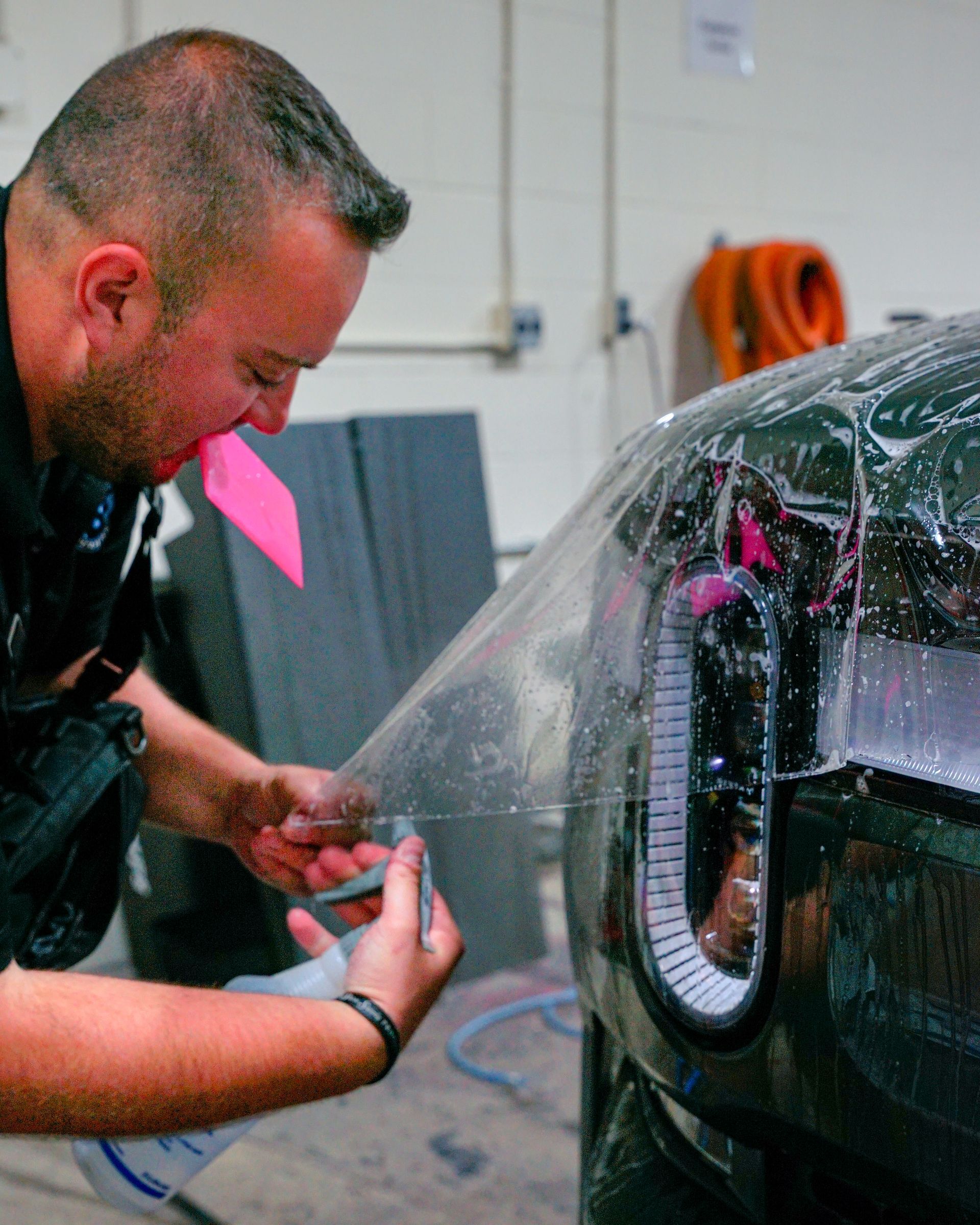Extend Vehicle Life With Professional PPF Installation: Car Paint Protection Tips
Keeping your car looking fresh and new is a challenge many drivers face, especially with scratches, chips, and fading paint lurking around every corner. What if there was an easy way to protect your vehicle's finish without constant touch-ups or worrying about the next scratch? That's whereprofessional paint protection film (PPF)comes in—a nearly invisible shield that guards against damage while keeping your car's shine intact. In this article, we'll break down what PPF is, how it works, and why having it installed by an expert can save you time, money, and hassle in the long run. Professional paint protection film installation protects your vehicle's paint from scratches, chips, and environmental damage, thereby preserving its appearance and value over time. By applying high-quality PPF correctly, experts ensure durable coverage that maintains your car's finish and reduces the need for costly repairs or repainting.
The Science of Paint Protection Film
At its core, paint protection film is a thin thermoplastic urethane layer engineered to act like a resilient shield over your car's paintwork. This isn't just any plastic wrap—it's crafted with advanced elastomeric polymers that enable it to absorb and disperse impacts from tiny rocks, scratches, and chemical spills that would otherwise mar your paint. Imagine the PPF as flexible armor that cradles the car's surface, softening the blow of everyday hazards like gravel kicked up on highways or sudden contact with abrasive materials.
One particularly fascinating property of PPF is its self-healing capability. Thanks to the special elastomeric compounds embedded within the film, small scratches aren't permanent scars. Instead, when exposed to warmth—even the gentle heat from sunlight—the polymer network relaxes and flows back into place, effectively "erasing" minor imperfections. This process can be likened to how certain gels regain their shape after being compressed—a microscopic dance of molecules restoring order. This innovation means your vehicle stays looking pristine without constant intervention. When considering PPF, understanding these scientific principles encourages you to think beyond just paint protection as a surface-level fix. It's an active defense system—a combination of material science and smart engineering working on your behalf daily. Knowing how it functions also highlights why professional installation is crucial; precision matters because even slight misalignment can reduce effectiveness or lead to premature peeling.
Key Benefits of PPF for Your Vehicle
Paint protection film isn't just about keeping your car looking good—it's a practical investment that extends the life of your vehicle's exterior. One of the most immediate advantages is its scratch resistance. Imagine driving on a gravel road or parking in a tight lot where tiny specks of debris and careless brushes with other cars could leave your paintwork chipped or scratched. PPF acts as an invisible shield, absorbing these impacts before they ever touch the paint beneath. The film's elasticity allows it to self-heal from light scratches over time, which means minor abrasions disappear without you lifting a finger. Beyond physical damage, sunlight can be surprisingly harmful to your car's paint. UV protection in PPF significantly reduces color fading caused by prolonged exposure to sun rays. This is particularly important if you live in sunny climates where parked cars bake in harsh sunlight day after day. By blocking ultraviolet radiation, PPF preserves your vehicle's factory finish, saving you from costly repainting jobs down the road and maintaining that glossy showroom shine that turns heads.
Protecting your vehicle doesn't stop at scratches and sun damage—cars face constant threats from environmental contaminants. Acid rain, bird droppings, tree sap, and even bugs carry chemicals that can etch into paint surfaces if left untreated. The chemical resistance feature of PPF creates a protective layer preventing these corrosive elements from bonding with your paint. When such contaminants land on your car, cleaning becomes easier since the film repels stains and prevents long-term damage that would otherwise require aggressive polishing or refinishing. Alongside protection, PPF also enhances the aesthetic appeal of your vehicle in subtle yet significant ways. Unlike waxes or sealants that wear off relatively quickly, PPF continuously shields your car's appearance for years. With its high-gloss finish, it maintains that freshly detailed look without extra effort on your part. Even better, specialized matte films are now available for those seeking a unique finish while still reaping the same protective rewards. Ultimately, professional installation amplifies all these benefits by ensuring perfect adhesion and coverage tailored to your vehicle's contours. Poorly applied films might peel, bubble, or fail to protect all areas adequately. Investing in expert service guarantees that your vehicle not only looks immaculate but also stays protected for years to come.
Steps in Professional PPF Installation
The success of paint protection film hinges on a meticulous and methodical installation process. It starts with prepping the car's surface, which involves more than a quick wipe-down. Every speck of dirt, wax, or grease can become trapped beneath the film, causing imperfections that compromise both appearance and protection. Professionals often use clay bars to remove bonded contaminants, followed by alcohol-based cleaners to ensure a spotless canvas. This thorough cleaning sets the stage for an optimal bond between the PPF and your vehicle's paint. Once the surface is pristine, precision becomes paramount. Cutting the film isn't just about trimming it to size; it's an exercise in exactness. Skilled installers rely on either pre-cut templates designed for specific car models or craft custom cuts using specialized tools. The margin for error is slim because even minor misalignments can create unsightly gaps or overlaps, detracting from the seamless finish PPF is known for. The goal is a near-invisible shield that melds perfectly with every curve and contour of the vehicle.
Applying PPF demands patience and finesse. Installers spray a soapy water mixture onto both the adhesive side of the film and the car's surface, allowing them to maneuver and realign until the fit is flawless. Using a squeegee, they carefully press down to expel trapped air bubbles and excess moisture, smoothing out wrinkles or creases in real time. This step requires a steady hand; improper application at this stage can lead to bubbling or premature peeling. After securing the film, attention turns to ensuring it bonds firmly and endures over time. Drying and curing may seem like passive steps, but they are critical for longevity. Depending on conditions, the film might need natural drying or gentle encouragement with heat guns to activate adhesives fully. This stage allows the PPF to settle into its protective role, adhering snugly while retaining flexibility. The curing period often spans several days, during which the vehicle should be handled with care to avoid compromising the fresh installation.
Maintenance Tips for PPF
Caring for your PPF after installation is what truly extends its protective qualities and keeps your vehicle looking pristine. The foundation of effective maintenance lies in gentle, consistent cleaning routines. Using harsh brushes or abrasive tools will wear down the film prematurely, so opt instead for soft microfiber cloths or sponges and a pH-neutral car shampoo. These products clean without compromising the integrity of the film, preventing scratches that can mar both the PPF and your car's paint underneath. Commit to hand washing your car roughly every two weeks, ideally in shaded areas to avoid soap drying too quickly and leaving residue. This frequency strikes a balance between keeping dirt and grime off the surface and avoiding excessive abrasion from cleaning. Automated car washes may seem convenient but often use brushes that can scratch or loosen edges of your PPF; if you must use them, touchless car washes are a safer choice because they rely on pressurized water instead of physical contact.
It's wise to perform close visual inspections every few months to identify any lifting edges, bubbles, or areas where the adhesive might weaken. Left unchecked, these imperfections can trap dirt and moisture beneath the film causing discoloration or peeling that becomes costly to repair. Acting swiftly when you notice such issues means small fixes rather than full replacements later on. Moreover, applying a PPF-compatible sealant about twice a year enhances the hydrophobic properties of the film—this sealant causes water to bead off, reducing spots and making cleaning easier while also adding an extra layer of defense against contaminants.
Long-Term Investment: Is PPF Worth It?
Investing in paint protection film means committing upfront, and it's natural to wonder if that expense will really protect your vehicle's appearance—and your wallet—over the years. The truth is, PPF acts like an invisible shield, defending your car's paint from the everyday hazards that slowly chip away at its value. Whether it's tiny gravel chips on the highway or abrasive dust stirred up on city streets, these small damages add up and can lead to costly repairs if left unchecked. Consider the financial comparison carefully. Most professional PPF installations fall between $500 and $2,000 depending on how much of your vehicle you cover and the complexity of the application. This might seem steep initially, but look at it as a preventive measure rather than a one-time cost. Repainting a car can easily run from $1,500 to over $5,000 depending on the extent and quality of work. Moreover, touch-ups for chips and scratches—though smaller bills individually—accumulate quickly and require repeated visits to body shops. Over several years, PPF pays dividends by reducing or eliminating these maintenance expenses.
If you own a premium vehicle or drive frequently on roads where exposure to debris and harsh weather is common, PPF becomes even more practical. It preserves not just paint but resale value. Cars with pristine exteriors consistently command higher prices in the used market because potential buyers see them as well cared for. Beyond financial considerations, there's peace of mind in knowing your car's finish has an added layer of defense. High-quality paint protection films come with warranties lasting five to ten years when properly maintained. By contrast, untreated paint begins showing noticeable wear within just a few years under constant exposure. This extended durability is where the true value lies—it transforms what might seem like an expense into a wise investment that guards both aesthetic and monetary worth. For anyone serious about preserving their car's appearance and value over time, professional PPF installation offers both tangible protection and lasting peace of mind. Taking this step today could save significant expense and frustration down the road.
Expert PPF in Moorestown, NJ
Keep your vehicle looking showroom-new with professional paint protection film from M&G Automotive Detailing in Moorestown, NJ. Our certified team applies precision-cut PPF that shields your paint from rock chips, debris, and harmful UV rays—all while maintaining a flawless, glossy finish. With self-healing technology and seamless coverage, your car stays protected against everyday wear without compromising style. Protect your investment and enjoy lasting peace of mind. Book your PPF installation with M&G Automotive Detailing today!
